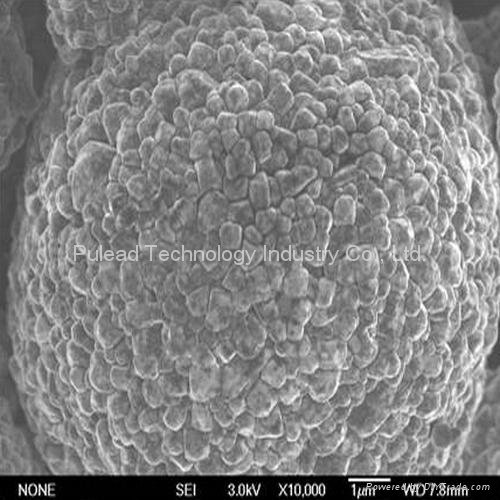

And there are many other strategies to improve the agglomeration of nanomaterials and facilitating contacting of electrolyte and electrode to promote the performance, such as NiCo 2O framework ( Parveen et al., 2019) and Co 9S 2O 4 nanobrushes ( Liu et al., 2019) etc. (2016) found that the porous NiCo 2O 4 nanograss supported on Ni foam shown a surprisingly high specific capacitance of 807.7 F g −1 at 1 mA cm −2 (0.38 A g −1) after suffering the hydrogenation process for 3 h, which is ascribed to the formation of oxygen vacancies in disordered surface layers during the hydrogenation process and enhance the electrical conductivity. This strategy would enhance the combination of electrode material and substrate for improving the electrical conductivity and facilitating electrochemical performance. (2016) reported that the NiCo 2O 4 nanoneedle was directly anchored on the Ni foam and carbon fabrics, respectively, via a facile hydrothermal method following with a calcination process in air. Over the past few years, numerous researchers have been devoted to develop new strategies to enhance the electrochemical performance of NiCo 2O 4 nanomaterials for ECs electrodes ( Sun et al., 2016).

et al., 2016), and ZnCo 2O 4 ( Wu et al., 2015) etc., have been extensively investigated and exhibited an excellent electrochemical performance as electrode materials for ECs, due to its extremely high theoretical specific capacitance, good redox activity, and eco-friendliness ( Qiu et al., 2018 Parveen et al., 2019), thus implying that these could be the most potential electrode materials for next-generation ECs. Among the TMOs, the spinel structures, especially spinel ternary TMOs, including the MnCo 2O 4.5 ( Li et al., 2014), NiCo 2O 4 ( Wang C. Their specific capacitance is 10~100 times of carbon materials, and they have better stability than conductive polymers. Generally, TMOs are superior in specific capacitance and stability. Various materials have been investigated as electrodes for ECs, such as carbon materials ( Zhao et al., 2010 Niu et al., 2013 Zhang et al., 2018b), transition metal oxides (TMOs) ( Liu et al., 2012 Nam et al., 2012) and conductive polymers ( Lim et al., 2015). Supercapacitors, also named as electrochemical capacitors (ECs), will be one of the most desirable power devices of next generation, owing to their high power density ( Simon and Gogotsi, 2008), rapid charging-discharging rate ( Miller and Simon, 2008), and excellent cycle stability ( Dai et al., 2018). Recently, various energy storage technologies have emerged, such as lithium ion batteries ( Zheng et al., 2018), Li-ion sulfur batteries ( Sun et al., 2018) and supercapacitors ( Qu et al., 2017) etc. The rising concerns about environmental crisis and increasing demand of renewable energy sources have attracted extensive attention for developing a secure, high-performance and sustainable storage technology ( Lukatskaya et al., 2016 Zhang et al., 2018a). The double spinel composite exhibits a high specific capacitance of 325 F g −1 (146 C g −1) and 70.5% capacitance retention after 3,000 cycling tests at 1 A g −1. The morphology and physicochemical properties of the prepared products can be well-controlled by adjusting experimental parameters of preparation. In this work, MnCo 2O 2O 4 nanowire composites for supercapacitors has been successfully fabricated by using a mild hydrothermal approach without any surfactant. Transition metal oxides (TMOs) with spinel structures have a promising potential as the electrode materials for supercapacitors application owning to its outstanding theoretical capacity, good redox activity, and eco-friendly feature. 4Engineering Research Center for Waste Oil Recovery Technology and Equipment, Ministry of Education, College of Environment and Resources, Chongqing Technology and Business University, Chongqing, China.3Aerospace Institute of Advanced Materials & Processing Technology, Beijing, China.2College of Urban Construction and Environmental Engineering, Chongqing University, Chongqing, China.1State Key Laboratory of Mechanical Transmissions, College of Materials Science and Engineering, Chongqing University, Chongqing, China.Wang Chen Huo 1 † Xiao Li Liu 1 † Yun Song Yuan 2 * Nan Li 3 Tian Lan 3 Xiao Ying Liu 4 Yu Xin Zhang 1 *


 0 kommentar(er)
0 kommentar(er)
